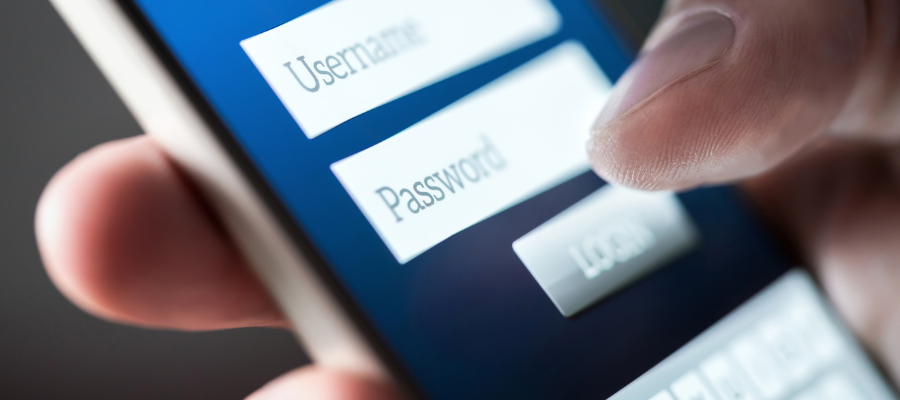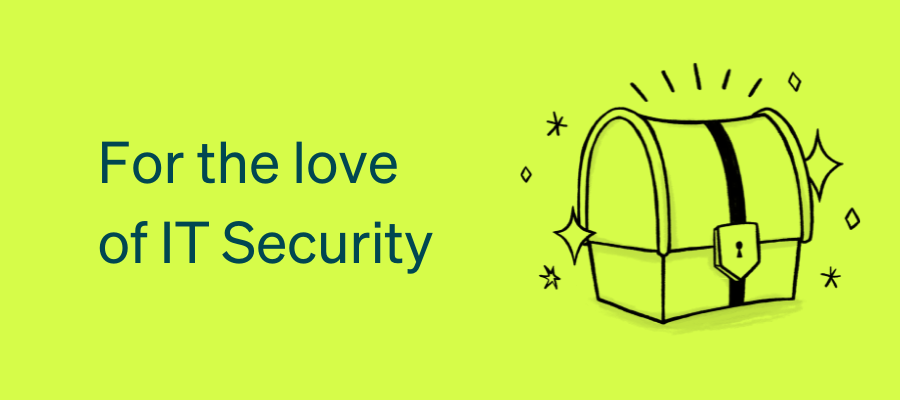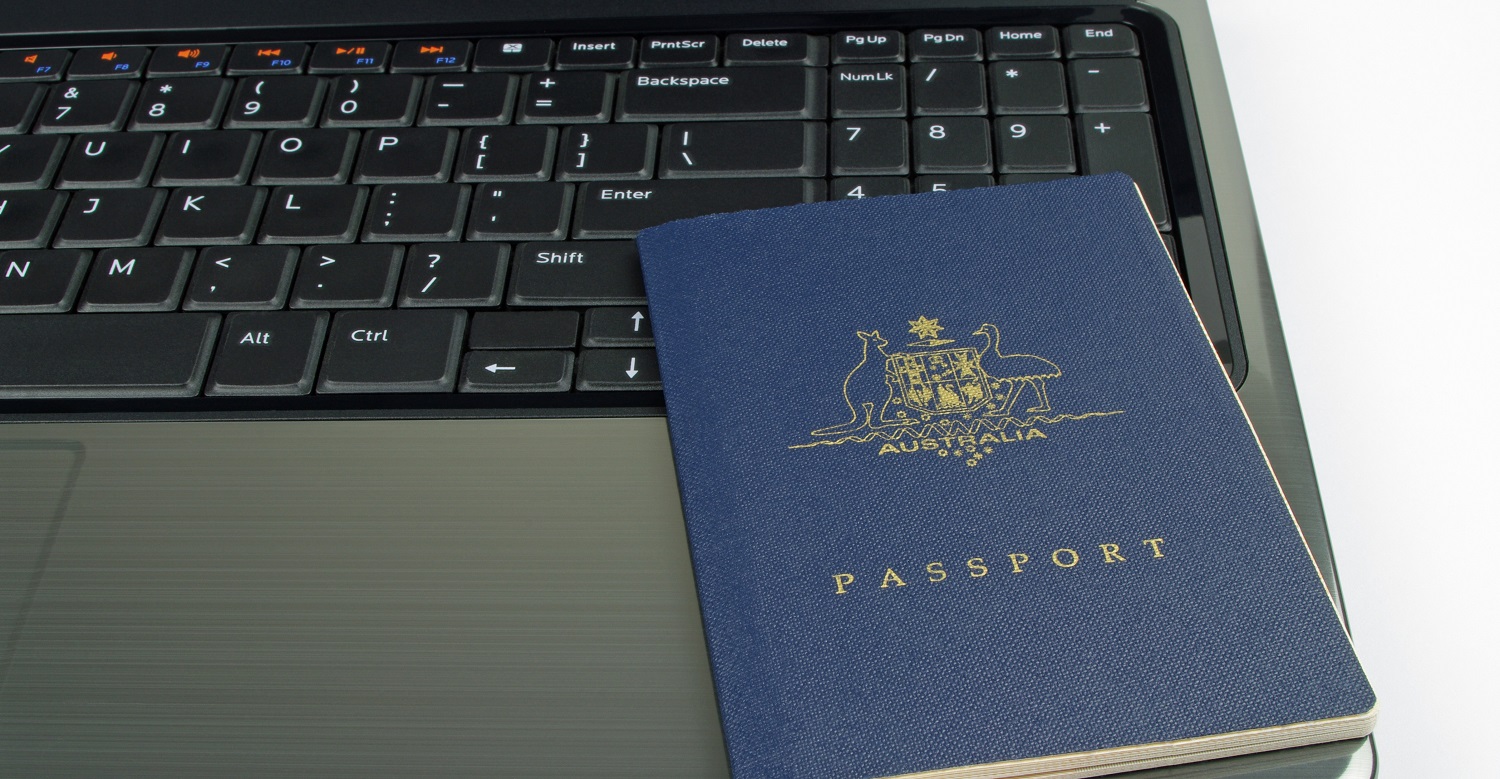Identity theft is nothing new, with the term dating back to the 1960s and the act dating back much further. But because of the vast amount and nature of the digital data we use and share in our business and personal lives, identity theft has become a much more common and dangerous. As part of our commitment to raising awareness about cybercrime and empowering you to keep your data secure, our IT security team is sharing the following insights and advice.

What is identity theft?
This is a wide range of crimes where a person uses someone else’s identity to commit the crime. It’s most associated with fraudulent applications for credit cards and loans that can destroy the person’s credit record, but in the digital age, it’s become even more dangerous.
Today, a single identity theft can impact hundreds of people and cause devastating financial consequences. For example, if the identity and digital information of an executive is stolen, it can be used to manipulate colleagues, business associates, and members of the company’s supply chain. It can be used to commit massive fraud against a company, to steal important data or disrupt essential infrastructure and systems, or to steal the identities of all their business contacts.
Take a moment to think about what companies have your personal payment details, home and work address, account details, tax numbers, photo identity documents, and other personal information about you. You’ll be surprised!
In 2018-19, the total cost of identity crime in Australia was $3.1billion – 17% higher than it was in 2016-17, and in 2020-21, 1 in every 9 Australians experienced personal fraud. As businesses and the way that we live becomes more digitised, these numbers are going to climb – unless we start effectively protecting ourselves, our staff, and our clients today.
Sources of identity theft
Today’s biggest sources of identity theft are:
- Unsecured public Wi-Fi – Public access Wi-Fi is a fantastic service and an essential in today’s connected world, but it’s also the easiest way for a malicious actor to intercept your data, capture your login and other sensitive information, and compromise the security of your device.
- Data breaches – Whether it’s shopping, booking a medical appointment, paying your bills, sending emails, or working online, you’re sending and using valuable information that the companies you are interacting with will store. If that company is breached, your data is immediately available to hackers.
- Phishing emails – These are communications from malicious actors that invite you to download something or click on a link that will then install malware on your computer. This malware can then directly use your login, financial, and account information directly, hold your accounts for ransom, or even use your identity to con other people in your contacts.

How to secure personal and financial information
Here are some tips on preventing identity theft, for businesses and individuals:
- Secure your devices and networks– Ask a managed IT service provider to professionally secure your network and devices. Not only can they install the right software and block any vulnerabilities criminals can exploit, but they can also train you and your staff in cybersecurity best practices for in the workplace and at home.
- Be suspicious – Phishing attacks and other identity theft efforts usually rely on impersonating someone you know, pressuring you to take action, or offering an enticing reward, so always be suspicious! Never click on links in emails unless you are 100% sure they are legitimate, familiarise yourself with signs that an email is fraudulent, and take the time to call a person directly if they are making an unusual or urgent request.
- Implement multi-factor authentication – This makes it a requirement to have a password and an additional action on a separate device to allow access to a device, account, or other sensitive data. A good example of this is putting in your password on your banking website and then having to enter a one-time PIN that is sent to your phone. If your password is compromised, which can easily happen, your accounts and devices are still secure.
Outsource your cybersecurity to leaders in managed IT solutions in Melbourne
Today, cybersecurity attacks and identity theft attacks are more sophisticated and devastating than they have ever been. Securing your business should be left up to experts who understand the threat landscape, the technologies needed to prevent attacks and the role that employees can take to shore up these defences. Chat to Otto IT for cybersecurity solutions and awareness training that keeps your employees, your data, and your core business networks safe.



